Biodiversity
- Riparian Buffer Strips – An action to improve water quality
- Management of the Extensively grazed Pasture
- New hedgerow planting – environmental benefits and planning starts now for planting in spring 2024
A Riparian Margin is the land that lies adjacent to rivers and streams and other bodies of surface water. The objective of riparian margins is to protect the river by creating linear buffer zones where little or no agricultural activity takes place thereby helping to intercept nutrients transported via overland flow and stabilises the riverbank. These areas also provide suitable habitats for biodiversity and help to take carbon out of the atmosphere.
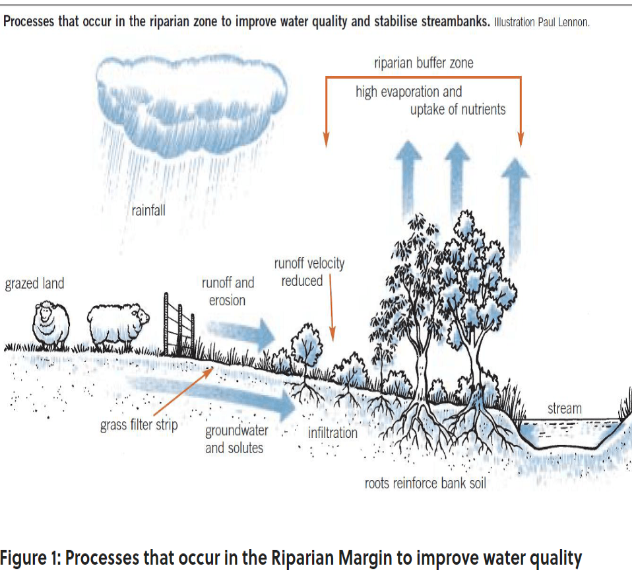
Fenced Riparian Buffer Zones adjacent to watercourses, rivers and streams act to protect the water by creating linear buffer zones where little or no agricultural activity takes place. In turn these areas;
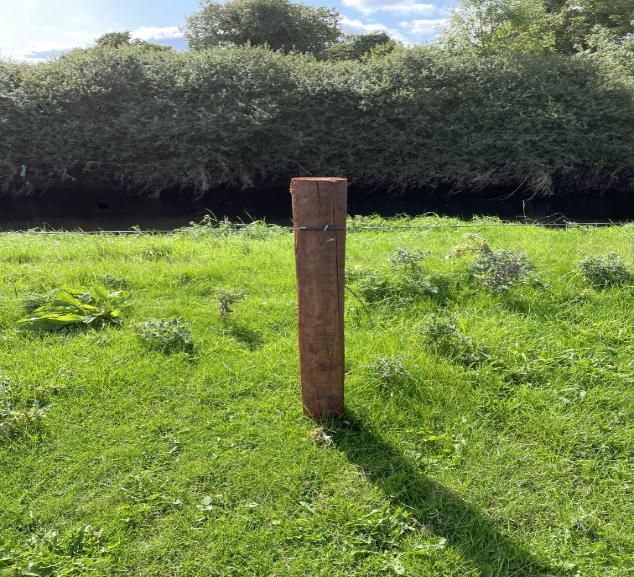
Picture 1: John has put in 2973m of fencing to create a riparian margin
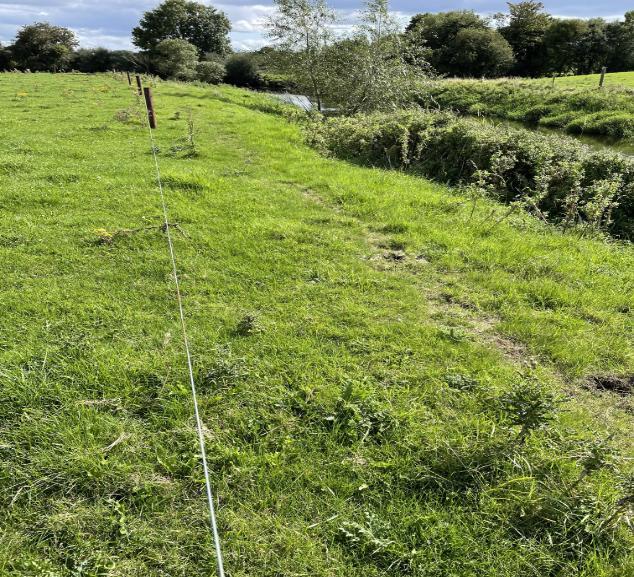
Picture 2: The vegetation in the riparian margin will be allowed to grow naturally
Management of Extensively Grazed Grassland
John has 8.3ha of lowland type grassland adjacent to the river Barrow. It is an area of unimproved grassland and due to its location along the river is liable to some flooding . As a result John applies no slurry to this area and it is grazed during the summer months. It is an area that is very suitable for this action. Under the acres scheme , John must abide by the following conditions;
New Hedgerow Planting
Under his acres plan , John has to plant 95m of a new whitethorn hedge. This hedge will be planted over the winter of 2023/2024 . John is making a few phone-calls to source and secure his whitethorn plants as there will be big demand for hedging in the new year.
Native species of native Irish provenance must be planted . This means the plants are grown in Ireland from seed collected from Irish trees. Species native to Ireland grown in another country from their seed act differently. Native Irish species are in tune with each other with timing of flowering suiting associated dependent species. Using native provenance hedging stock is better for biodiversity, reduces the health risk to our native trees and hedges .
John will have to decide what type of hedge would best suit the farm – either Topped or Escaped as below.
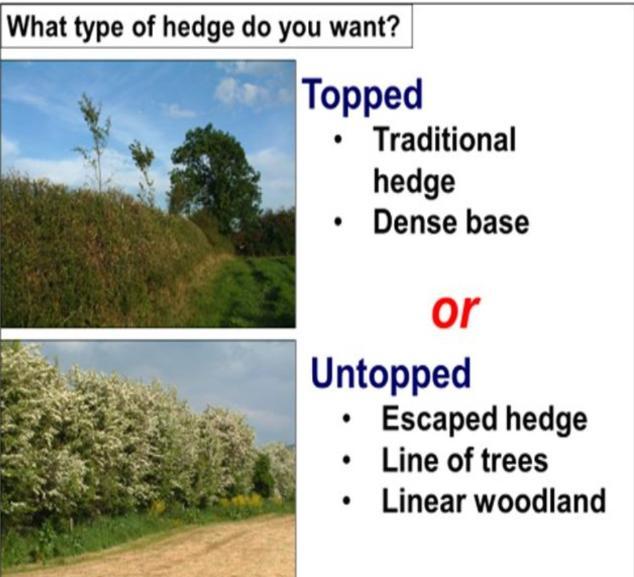
The majority of the existing hedgerow on the farm is in the “topped category” so to add variety the un-topped hedge could be an option for the new hedge.
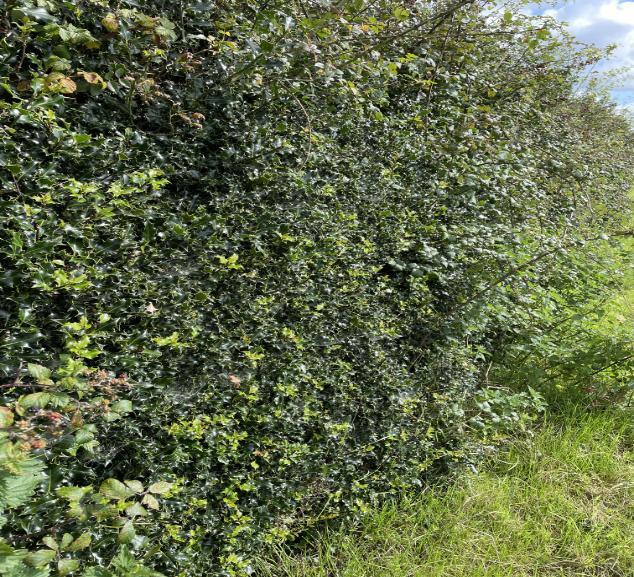
Picture 3: an example of an existing hedge with holly
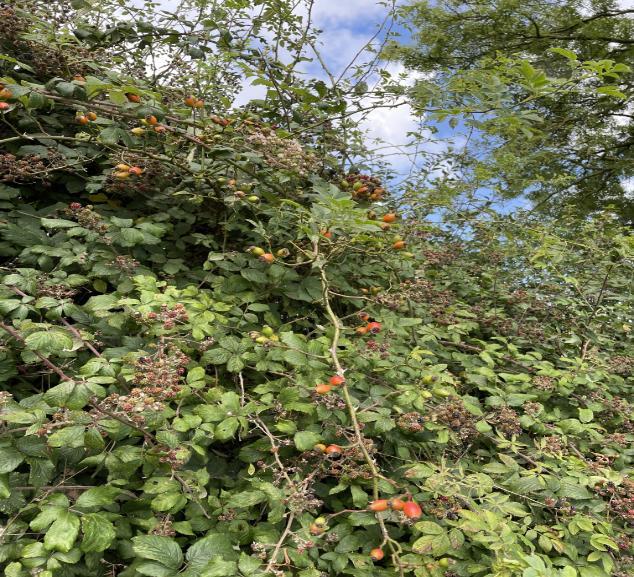
Picture 4: Great variety of plants in the existing hedges which provide valuable food sources and shelter
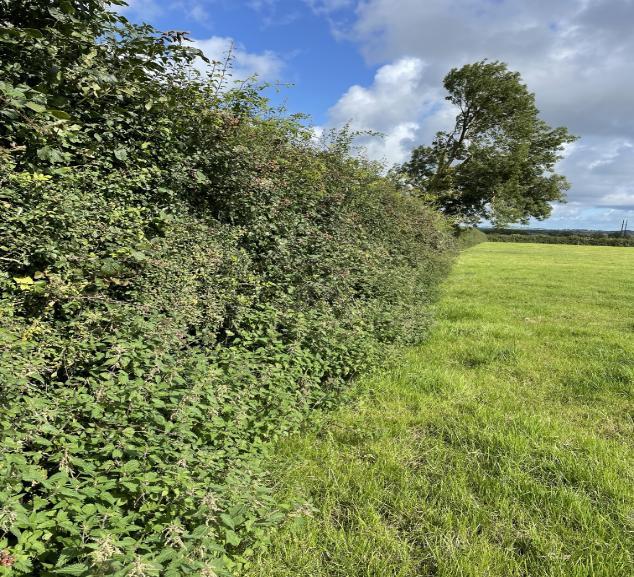
Picture 5: An example of an existing topped hedge on the farm
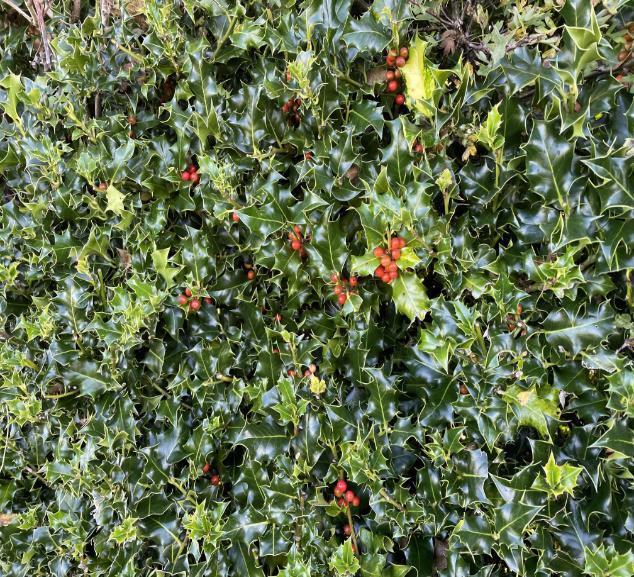
Picture 6: Variety of plant types adds to the biodiversity. Sow, holly, dog rose, spindle when planting the new hedge.
Teagasc Best Practice when planting a new hedge;
For more info see link below